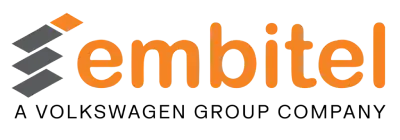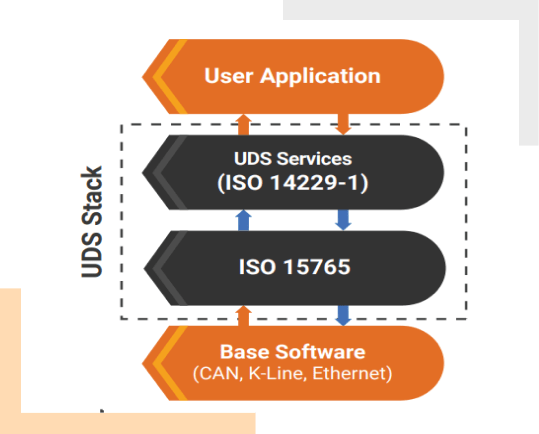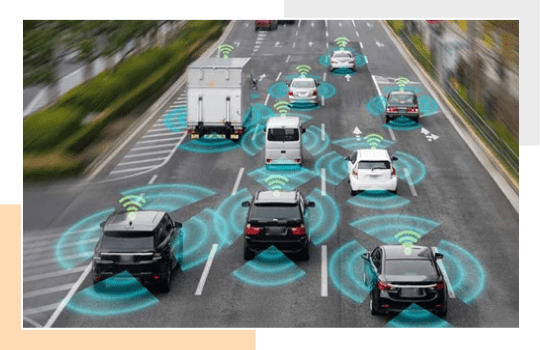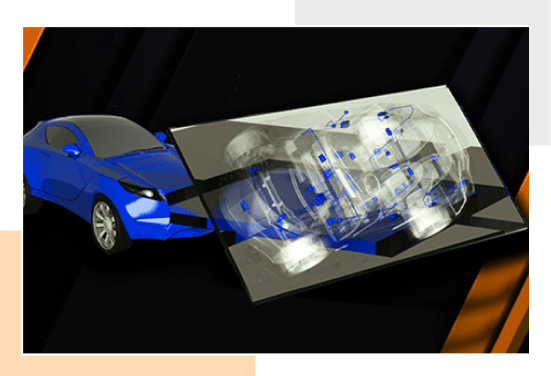Vehicle Telematics Development
TCU | TGU | Dongle | Telematics Application
Vehicle Telematics System Development
Something exciting is brewing in the automotive industry. Next-gen vehicles poised to hit the market will be more connected and secure than its predecessors! Vehicles will exhibit a unique kind of “intelligence” and location-awareness that we have never seen before.
All this is possible due to the advancements in vehicle telematics. Through the adoption of this technology, auto OEMs are developing cutting-edge vehicle telematics system to stand out from competition!
For the success of a telematics development project, it is crucial to collaborate with a trusted partner like Embitel. With automotive domain experience exceeding 17 years, we have been crafting transformative connected car solutions for automotive OEMs and Tier 1 Suppliers across the globe.
Why Should You Custom-design Vehicle Telematics System?
"Off-the-shelf telematics solutions are tried and tested. Most of your peers are already buying such solutions”, say some.
"Custom solutions are trending these days. Why not try something different?” say the rest.
Yes, why should you merge with the crowd? If you desire to set your brand apart from the noise in the market, you need to be unique. And you need customised in-vehicle technology and connectivity solutions, specially crafted for you.
Here are a few more reasons why you should go for custom development:
- Custom designing a vehicle telematics system will end up being more cost-effective, if you are looking at large production volumes.
- Customised telematics systems will be specifically designed for your unique use cases, end-user challenges, business goals and scalability requirements.
- In the custom development process, the telematics system goes through an iterative evaluation and feedback process. This makes it the perfect solution for your needs. Moreover, you have the freedom to make all the changes in the product; how liberating is that?
- You gain a distinctive competitive advantage through innovative solutions and differentiation in the market.
- One of the greatest advantages of custom development is that you own the IP rights of the product. This implies that you have full control over the software and its updates. If you procure an off-the-shelf solution, you will be dependent on your vendor for any upgrades or maintenance.
The decision to build a telematics solution is, effectively, a long-term strategic investment. So, it is important to identify your business priorities before deciding.
Automotive Telematics Hardware & Software Development Services
- Evaluation & Selection of hardware components for Telematics Control Unit, BOM cost optimization, Memory & Power footprint optimization
- Schematic and Layout designing
- Support for regulatory compliance & certification processes of your Telematics Products
- Design, development and Porting of hardware-specific Board Support Package (BSP).
- Design, development and integration of Bootloader Software to facilitate Reprogramming
- Design and development of Firmware packages, based on the preferred firmware flashing mechanism (firmware-over-the-air vs CAN based reprogramming)
- Car Head Unit to TCU/TGU: Automotive Communication Protocol Stacks (J1939, OBD2, UDS, KWP 2000, CAN)
- TCU/TGU to Telematics Cloud server: MQTT( messaging ), GPRS over HTTPS
- Telematics Cloud server to Web/Mobile App: Wi-Fi/Bluetooth/GPRS/GSM interfaces
- Database architecture design and development (relational/non-relational)
- Design and development of the web server and the application server
- Server User Role definations and management
- Design and development Wireframe
- Design UI Screens, Icons, Animations, Control Elements, & more
Our Automotive Telematics Success Stories
What are the Key Milestones in Vehicle Telematics Development?
If you are developing a vehicle telematics solution from scratch, it involves several key milestones:
- Telematics hardware development: This includes the evaluation of requirements and microcontroller platform, roadmap planning, estimation of BOM cost, PCB layout and fabrication, hardware circuit design and schematics design, hardware testing and validation. More details are on our page – Hardware Design Services for Telematics
- Telematics software development: This involves the design and development of vehicle telematics software for data processing, analysis, and visualization, often including features such as real-time tracking, driver behaviour monitoring, and reporting tools.
- Integration of Communication networks: This involves the integration of wireless communication networks, such as cellular, satellite, or radio frequency (RF) networks to transmit data between vehicles and central servers.
- Integration of Data analytics: This includes the implementation of algorithms and software tools for processing and analysing vehicle telematics data to extract insights and actionable information.
Partner with Us for Vehicle Telematics Development
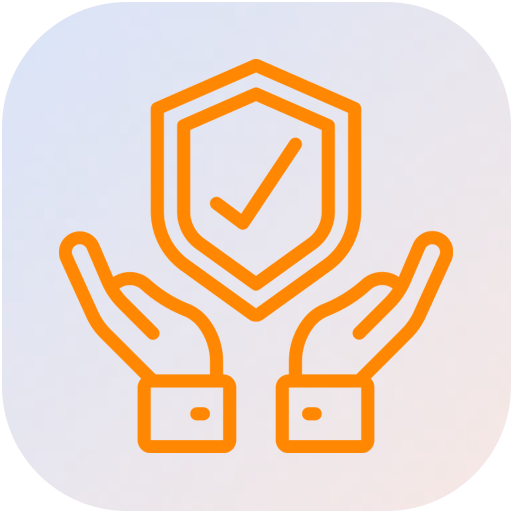
Insurance Telematics
Fleet Management & Route Tracking
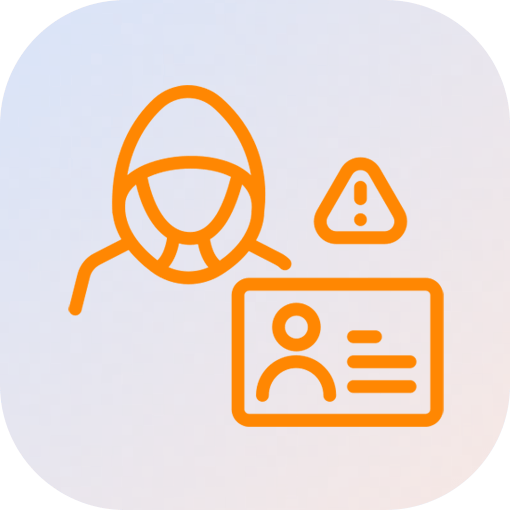
Breakdown, e-call, theft alerts
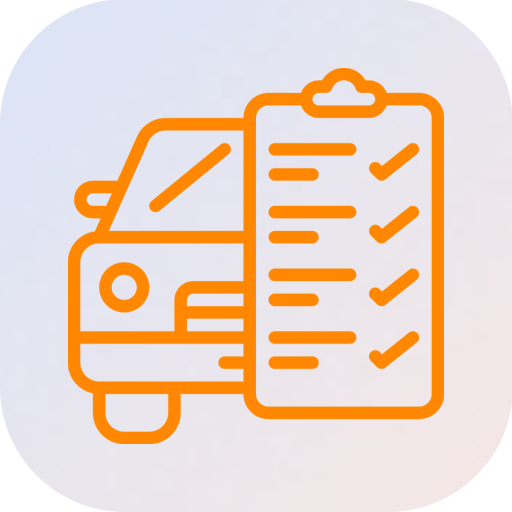
Remote vehicle diagnostics
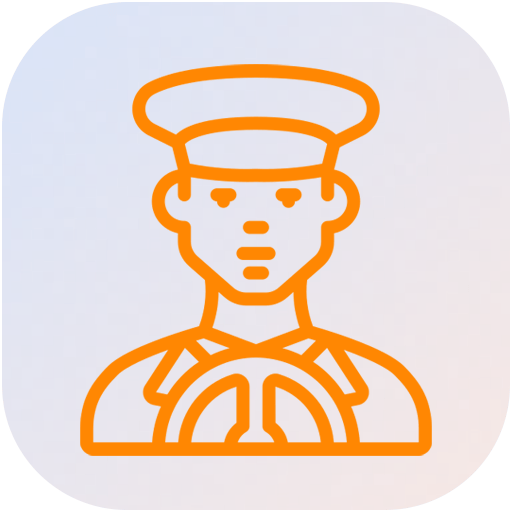
Monitoring Driver Behavior (AI/ML)
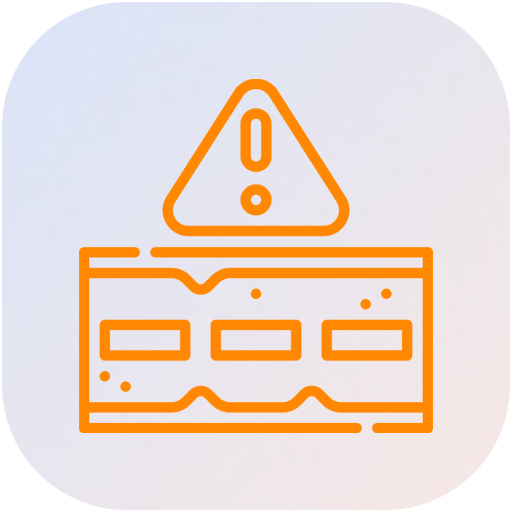
Alerts regarding Road Conditions (AI/ML)
GPS Service Stack for Vehicle Telematics Solutions
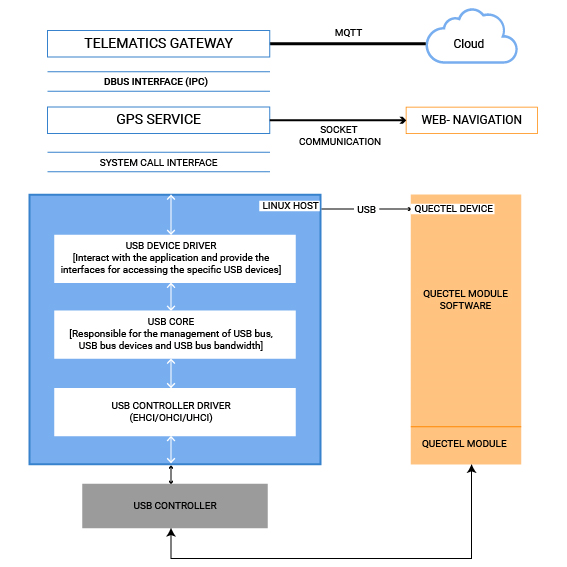
Our ready-to-deploy GPS service stack eases the development of a telematics system and shortens timelines considerably. It is a software and hardware micro-stack solution for enabling GPS functionality in telematics.
So, what does this stack do?
- It collects GNSS parameters (latitude, longitude, speed, position date/time, altitude) from the in-vehicle GSM module using USB interface.
- It then parses these packets and extracts the relevant GNSS parameters.
- From the navigation system, this data can be leveraged for location tracking, offering suggestions on best route, providing directions, etc.
The GPS stack software is hardware-agnostic and modularized. With a small amount of customization, it can be seamlessly integrated with different customer hardware platforms.
The GPS service stack architecture is as shown here.
Let’s Power Your Vehicle Telematics Application with the Following Features:
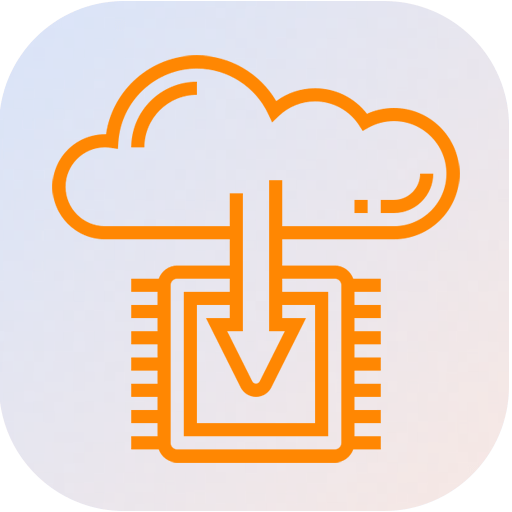
FOTA (Firmware Update Over Air)
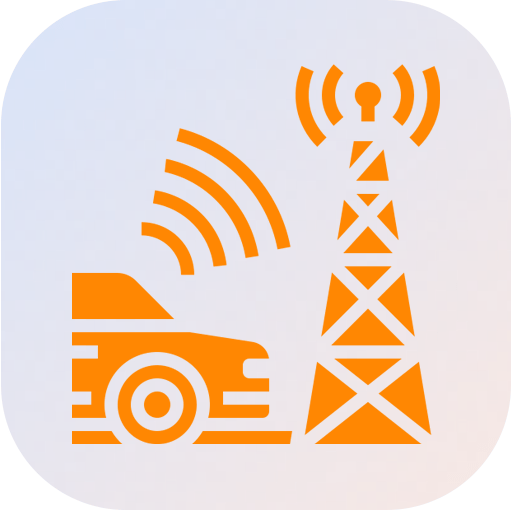
Remote access to Vehicle Diagnostics data
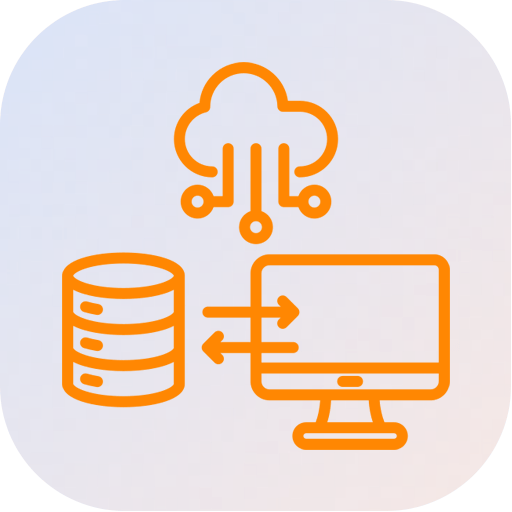
Cloud connectivity and data analytics
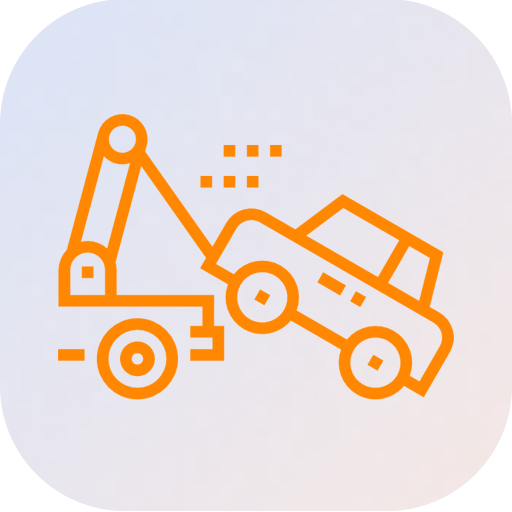
Vehicle tampering and towing alerts
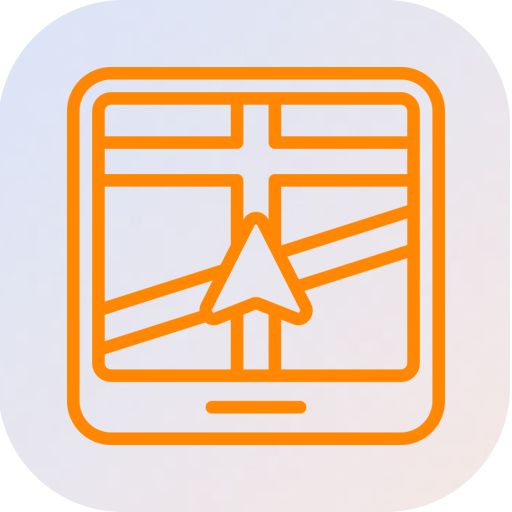
GPS and CAN interface

3G data, call and messaging
Why Partner with Embitel for Vehicle Telematics Development?
Reduced time to market
Ready-to-deploy software and hardware components to accelerate your telematics control unit and application development initiatives
Deep domain expertise
Extensive project delivery experience in embedded automotive engineering, cloud connectivity, and Connected Car Digital Cockpit technology (automotive Infotainment, Head-Up Display solutions, etc.)
Regulatory compliance
Design and development of Telematics Solutions in adherence to the AIS-140 regulations and ISO 26262 Standard for Functional Safety ( ASIL B/ ASIL C/ ASIL D)
Strong team
A diverse team of Embedded Automotive Hardware and Firmware engineers, IoT Cloud solution architects, Application developers, Network engineers, UI/UX developers

Ready to transform your telematics vision into reality?
Automotive Telematics Solutions - Videos
An Introduction to Telematics Control Unit (TCU) and Telematics Gateway Unit (TGU)
Download PDF
Knowledge bytes
What is vehicle telematics?
Ans. Vehicle telematics is part of most modern vehicles. There is an in-built telematics box in a vehicle that enables the collection and transmission of vehicle telematics data. The collected data is transmitted by the telematics system via wireless networks to the cloud platform. In the cloud, this data can be processed for intelligent business decisions.
Telematics data usually consists of the vehicle’s fuel consumption, location, speed, idling time, faults, etc.
In vehicles where there is no in-built telematics solution, it is possible to retrofit a telematics box that performs similar tasks.
What are the advantages of implementing a vehicle telematics solution?
Ans: Today, automotive telematics is being leveraged by OEMs to design vehicles that stand out from competitors.
The greatest advantage offered by telematics is Cloud Connectivity – This enables data collection based on various parameters such as vehicle location, usage patterns, performance, maintenance needs, etc.
Subsequently, vehicle owners are empowered with the ability to keep track of vehicles in a fleet, enjoy social updates and entertainment on the go, monitor traffic conditions in real-time, enable navigation facilities and much more!
What are the challenges faced in the development of a car telematics system?
Ans. At the heart of a vehicle telematics system lies the Telematics Control Unit (TCU). During the design and development of a TCU, engineers may be faced with several challenges.
Basic considerations during the design phase would be – accounting for the security features of the telematics application, flexibility of the design to support various communication protocols, optimisation of performance and power consumption, adhering to data privacy and security regulations.
All this needs to be achieved while staying within the expected cost for solution development.
How is vehicle telematics used in fleet management?
Ans. Fleet management companies use special fleet management software that is essentially based on vehicle telematics technology. They can coordinate vehicles and also, receive an end-to-end view of the productivity and profitability of all the vehicles.
- The location of vehicles, fuel consumption, speed and idling time can also be efficiently monitored using such fleet management systems.
- Modern fleet management software can also monitor driver drowsiness and distraction, and notify the administrator of harsh acceleration or braking.
- Another interesting use case of telematics in fleet management is non-motorised asset tracking. Fleet managers can equip non-motorised assets (such as trailers) with GPS trackers. This enables them to direct drivers towards stationary assets. Fleet managers also receive notifications when the assets are moved without permission.
- Since telematics helps in monitoring the health of vehicles, it is possible to perform predictive maintenance activities. This way, fleet managers can reduce vehicle expenses through timely servicing. Vehicles will also stay in safe operating conditions and provide better performance.
What types of vehicles can benefit from telematics?
Ans. Vehicle telematics can be used in a wide range of vehicles, including cars, trucks, buses, vans, construction equipment, agricultural machinery, and even boats. Any vehicle that can benefit from improved tracking, monitoring, and management of its operations can leverage telematics technology.
While vehicle telematics systems are often used by large fleets to manage multiple vehicles efficiently, they can also be valuable for small businesses or individual vehicle owners.
Can vehicle telematics help with insurance premiums?
Ans Yes, some insurance companies offer Usage-Based Insurance (UBI) programs that use telematics data to calculate premiums based on individual driving behaviour. By demonstrating safe driving habits, such as adhering to speed limits and avoiding harsh braking, drivers can potentially qualify for lower insurance rates.
Learn more about this in our blog – Telematics Insurance.
Customer FAQs: ISO 26262 Compliance, Telematics Control Unit Development and More
Ans. Common features of vehicle telematics systems include:
- Real-time GPS tracking
- Vehicle diagnostics and maintenance alerts
- Driver behaviour monitoring (speeding, harsh braking, etc.)
- Fuel consumption monitoring
- Geofencing and route optimization
- Remote vehicle immobilization (in case of theft)
- Integration with other business systems, such as dispatch and inventory management.
Ans. Our Telematics Solution (Telematics Reference Design Platform) is compatible with Commercial Vehicles, Passenger Vehicles – including four/three/two wheelers. Telematics Reference Design platform is compatible with both combustion engine as well as Electric Vehicles
Ans. Following is a snapshot of our Vehicle Telematics Reference Design specifications:

TCU (Telematics Control Unit) hardware components From a design perspective, a telematics solution for a commercial vehicle would be more feature intensive while the one for a two-wheeler would be cost-sensitive.
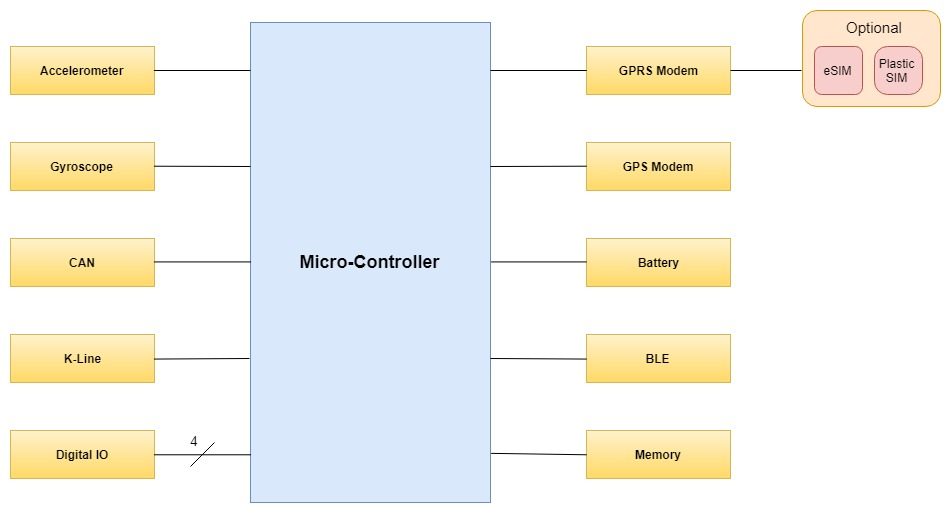
Ans. Following are some of the re-useable components of our Vehicle Telematics Solution that will ensure reduced time-to-market for your Telematics Product:
- Hardware reference design
- Software stacks for microcontrollers and application processors
- BSP stacks, vehicle networking and diagnostics stacks;
- Telematics server software
-
FOTA
reference design:
- Ready to deploy Bootloader Software
- Reusable Algorithms for updating, identifying and validating various firmware versions
Ans. We have successfully developed vehicle telematics solutions using the following microcontrollers and microprocessors:
- Renesas Family of MCUs
- PIC controllers
- Processors from NXP and Texas Instruments
- Qualcomm Snapdragon Processor
Ans.Our automotive telematics design and development services are compliant with AIS-140 regulations. In addition to this, our telematics software is developed using MISRA C compliant code
Ans. Yes we do. Our in-house ISO 26262 Functional safety Consultants will assist you in implementing the ISO 26262 recommended Functional Safety practices.
This will be based on ASIL requirements for your hardware & software components.
Our Automotive Functional Safety team can also provide support in identifying the ASIL requirements (ASIL B/ ASIL C/ ASIL D)
Ans. Definitely we can. In fact, we have partnered with leading brands from the automotive industry – tier 1 suppliers, electric scooter manufacturers and others for successful porting of their vehicle telematics solution from proprietary OS like WinC to open source platforms including Linux and Android.
Ans. We custom design and develop a suitable telematics solution for your business needs. Through our solution, OEMs can gather a large amount of data wirelessly from vehicles. This includes location data, usage patterns, maintenance requirements, performance statistics, and more. The solution provides OEMs and their partners an opportunity to deliver various types of content to the driver. This includes:
- Turn-By-Turn Navigation, maps
- Traffic data
- Vehicle health reports, predictive maintenance
- Vehicle servicing reminders
- Location based services – Shopping, restaurant offers
- Information – News, weather, stock prices
- Entertainment – Music, video, internet
- Warranty support
- Usage based insurance
- Improved fleet management
And more.
Ans. The time required to develop a vehicle telematics system depends on various factors, including the complexity of the system, the features and functionalities required, and the development resources available.
A simple telematics solution may take several months to develop, while more complex systems may take a year or more from concept to deployment.
Ans. Vehicle telematics development makes use of various technologies, including:
- Global Positioning System (GPS) for location tracking
- Cellular networks for data transmission
- Internet of Things (IoT) for connecting vehicles to the internet
- Sensor technology for monitoring vehicle performance and environmental conditions
- IoT Cloud computing for storing and processing telematics data
- Artificial intelligence and machine learning for advanced analytics and predictive maintenance.
Ans. Yes, vehicle telematics development can be customized to meet the specific needs and requirements of different businesses and industries. Embitel offers customisable solutions that can be tailored to address specific challenges or objectives of customers, such as fleet management, logistics optimisation, or driver safety.
Ans. Security is a top priority for vehicle telematics providers, and measures are put in place to safeguard the data collected from vehicles. This includes encryption of data transmissions, access controls to ensure that only authorized users can access the data, and compliance with data protection regulations such as GDPR (General Data Protection Regulation).
Ans. Getting started with vehicle telematics development typically involves identifying your business objectives and requirements, selecting a telematics provider or development team with relevant expertise, and collaborating closely with them throughout the development process. Conducting a thorough assessment of your current operations and challenges can help guide the development process and ensure that the resulting solution meets your needs effectively.
Learn More – Trends in Vehicle Telematics, Smart Dashboards, Digital Cockpit
- A Car with a Cockpit: How Digital Cockpit Solutions are Making this a Reality
- A look at Vehicle Telematics Trends that are Transforming Connected Two Wheelers from Concept to Reality
- How Smart Dashboards are Revolutionizing Connected Vehicle Experiences
- How Fleet Management is Being Redefined by Smartphones Apps and Telematics Devices
- GPS Service Stack for Vehicle Telematics Systems and Digital Cockpit
